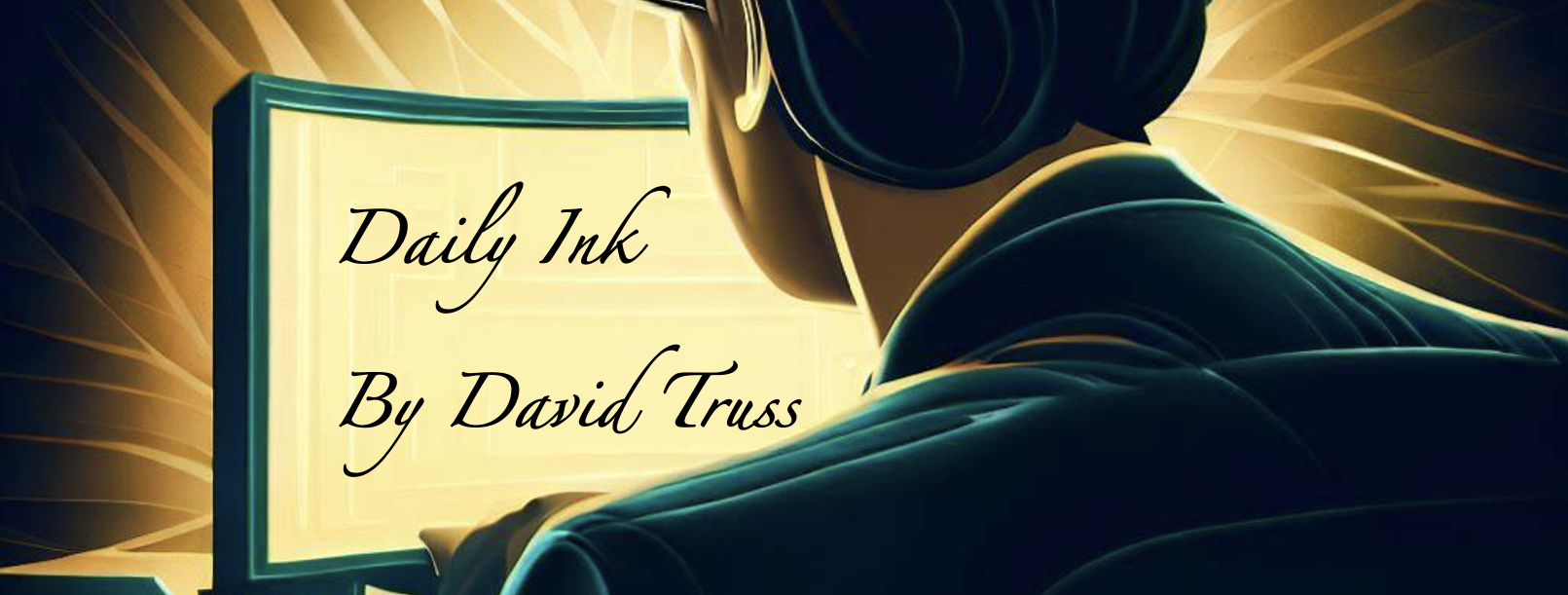Bitcoin and other cryptocurrencies are assets that have value because they have a finite number in existence, and people see value in them. Like money Bitcoins are fungible meaning just like a $20 bill can be replaced with any other $20, a Bitcoin (or 1/20th or 1/50th of a Bitcoin) can be swapped out with another Bitcoin (or portion there of). Some people say Bitcoin will continue to rise in value, and become the gold standard of currencies, because unlike other paper/non-digital currencies where more bills can be printed by governments, Bitcoin has a finite number of coins that, while equal in value to each other, can not be duplicated or added to.
There are other kinds of digital assets that we will start to see emerge, and these are Non Fungible Tokens (NFT’s).
A NFT (non-fungible token) is a special cryptographically-generated token that uses blockchain technology to link with a unique digital asset that cannot be replicated.
Non-fungible tokens differ from popular cryptocurrencies such as Ether (ETH), Bitcoin (BTC) and Monero (XMR), which are fungible; for example, you can exchange one Bitcoin for any other Bitcoin. ~ CoinMarketCap.com
One of the first popular examples of this was a craze over CryptoKitties. One-of-a-kind digital cartoon cats, that can be bred to create more new individual CryptoKitties, but no individual CryptoKitties could be duplicated. This one key thing is what makes them non-fungible, they are unique and not interchangeable. Essentially they are like an original piece of art. I can find a replication of the Mona Lisa, but there is only one original. NFT’s are each originals, and even though they are digital, they are unique and more originals can not be made… they have a specific fingerprint in a blockchain that can prove they are the original.
While CryptoKitties were a silly craze in 2017, they were also an excellent proof of concept that essentially showed that digital collectables can have and hold value, if you can prove that they are unique. NFT’s allow artists to create art that holds a digital signature to say, ‘this one is an original’. Besides art, this will be useful in:
• Gaming – imagine being able to trade a unique tool or weapon outside of an online game, without any chance that this rare object can be duplicated.
• Concert tickets – counterfeit tickets are made and sold, ripping off potential customers, but if a concert ticket is an NFT, it’s easy to confirm it is the original that you are buying.
• Identification – from credentialing to medical information, you can be in control of your own data and take it with you.
Unique digital assets are something that will have many valuable use cases and we will see them rise in popularity. And while some people will laugh and scoff at the idea of CryptoKitties of any kind holding any real value, non fungible Tokens and digital assists are something that will both hold value, and grow significantly in real use cases in the very near future.
Like this:
Like Loading...











